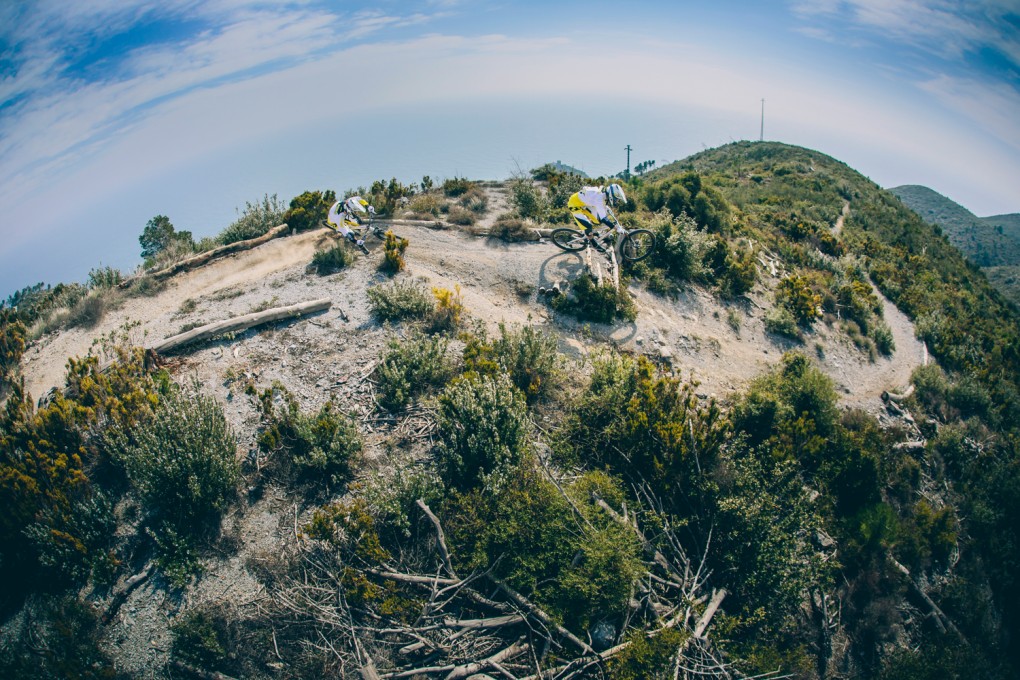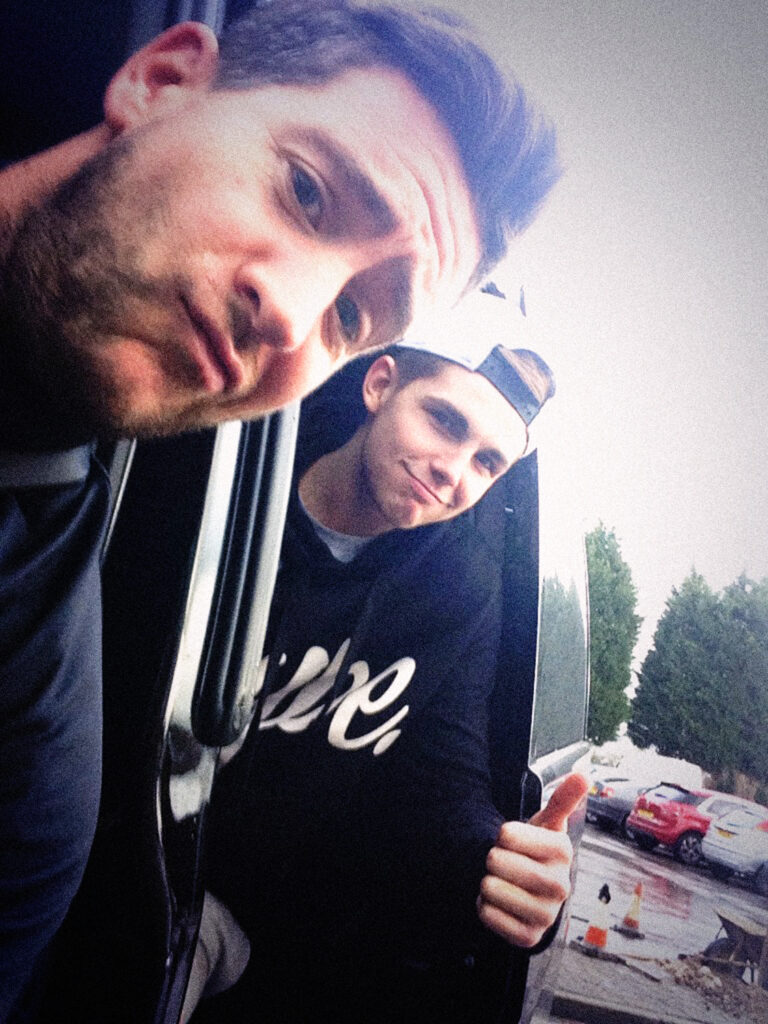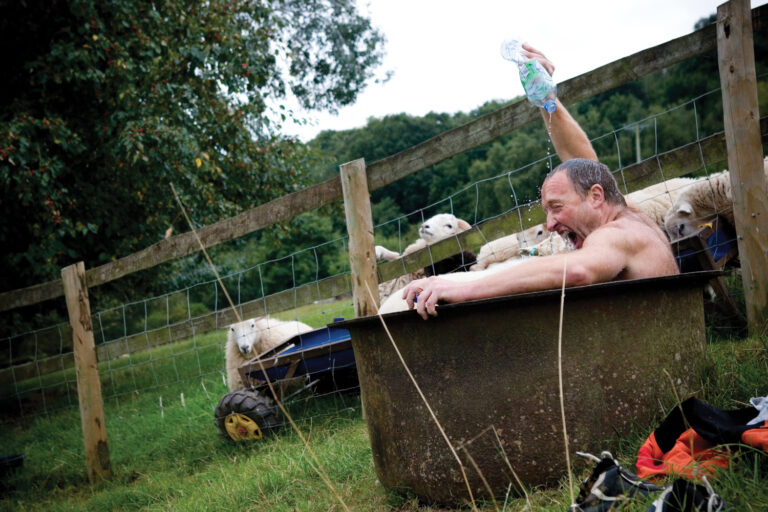
There’s been an expansion of my performance team recently, a full time person and a further two part time – the two part timers are currently pro athletes themselves.
From Dirt Issue 148 – June 2014
Words by Darren Roberts. Photo by Laurence Croosman-Emms.
Given the nature of my job and the people we work with, finding the right practitioners to work alongside me as trainers was a very viral process. It certainly wasn’t something we advertised for, we had our eyes on the people we wanted on board and approached them. It was during this process that I explained what my training philosophy was to the guys (and girl) coming onto the performance team, something which is often mistaken or confused with what exercises, sets and reps someone should do. There are an eye–watering amount of training methods and systems available to anyone who has access to the internet, a gym or anyone else who has access to those sources. Elite sport is as susceptible to fads and trends as the fitness industry, not that anyone would admit that. But there are cycles in everything from your local gym to the most elite performance centre. The training philosophy we use with the athletes is about building the performance playgrounds based on relevance, to them, their sport, the time of year, their injuries and even what they like – and I mean relevance, not specificity.
Specificity as far as I’m concerned has been twisted and distorted by people like me from something which is supposed to mimic the sport or its movements to better prepare athletes physically, to borderline ‘circus training’. That means at any point in the session do you look like you’re training for sport or the circus? As someone who has done that with athletes until someone wiser and more experienced than me asked me whether I was going to start throwing fish at the athletes, or give them rubber balls to balance on their noses. It’s got to the point where I see athletes training in such a way as to so closely replicate their sport as possible it makes no sense – it is not relevant. I remember a moto rider very proudly describing a piece of training equipment he used which mimicked whoops – why not just ride whoops on your moto? The only thing that really replicates your sport, is your sport.
Which brings me to my point, when I explained to the new team members what my training philosophy is, which is ultimately what the training team philosophy is. I’ve abandoned ‘specificity’ as a method or rationale as I have no idea what that means anymore. I don’t stand there thinking ‘is this specific?’ I question myself on its relevance to the athlete – is this session we’re doing relevant? This is where the performance playground comes in – the environment you create for the athlete to allow them to express their potential, not be dogmatically told what the latest research says. We are here to create the performance playground, to empower, engage and empathise with the athlete – to ensure relevance! By doing these things we free ourselves from the constraints of training ‘rules’ and ‘it’s always been done this way’ paradigm. It means the performance staff and athletes are free to innovate, break the rules, try things and make mistakes – it’s a performance collaboration.
What does this mean for the weekend warrior, it means you need to decide what is relevant to you, which is ultimately what will work for you. Not what training you’ve seen a pro do or what training a mate of a mate of someone that races does. You know yourself, your ability and capability – you know what you need to do, you just have to put the pieces in place to create that environment to make it happen. Whether that’s getting a trainer to work with, forming a training group to ride at weekends or train together, entering a race or simply not eating as much chocolate (my downfall). You need to create your own performance playground where you can get the best from yourself, doing things which are relevant to you and surrounded by like minded people who spur you on rather than bring you down.
Practitioners often ask to come and spend time with us, to see what we do and why we get athletes back from injury to top level performance so quickly. They think we must have some amazing ‘system’ or ‘methods’ in place. We don’t, we just create the right environment and let the athlete be themselves, even in rehab. Except the Athertons, under no circumstances should anyone ever let them do what they want. EVER!
Darren ‘Conehead’ Roberts is high performance manager at Harris & Ross Healthcare. Working with some of the UK’s biggest household names in extreme sports, such as Danny MacAskill, the Athertons and many more…This article is part of the Work Out series. You can find the rest of Darren Roberts’ training tips through the links below:
[series]


